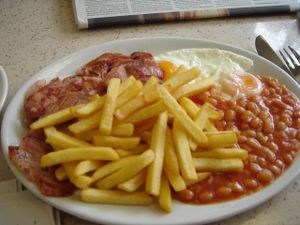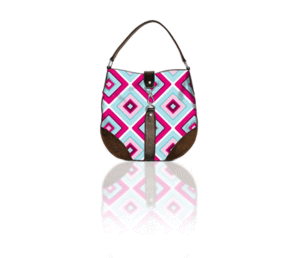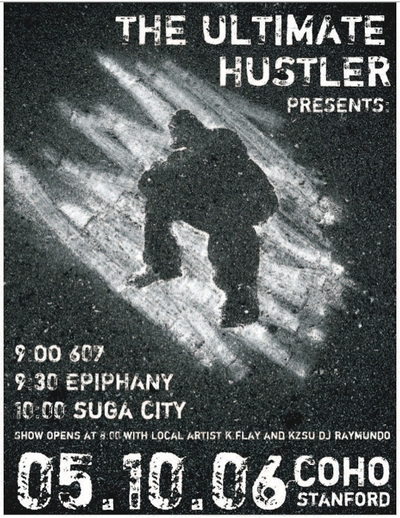I’ll be speaking at Design 2.0 next week on the topic of "Products and their Ecosystems: Understanding the power of context in product innovation"
Author Archives: Diego Rodriguez
Unabashed Gearhead Gnarlyness
Bashing a Lotus Elise around Bathurst? Why yes — I do think I’ll take one!
Authentic, elemental design for drivers, by drivers. Simplicity of specification.
In many ways, Lotus is the new Porsche.
On Authenticity
I’ve been thinking a lot about authenticity lately. It comes up in just about every conversation I’m in around the subject of designing things to spread, or creating infectious action.
As is the case with quality (the visceral, emotive kind, not the six-sigma variant), I believe authenticity is best understood via immersive experiences. I’m not so interested in articulating what authenticity is or isn’t, but I do appreciate it as an experience, and I think knowing what that experience feels like is the key creating things that are authentic as well as being authentic in one’s own trek across this planet.
So what does it look like? Here’s a stab: eggbaconchipsandbeans , by Russell Davies
metacool Thought of the Day
"The only real enemy of design is indifference."
– Matt Kahn
Stories from the CIA Mini Conference
The mini-conference we held as part of the Creating Infectious Action course I’m teaching went really well. I learned a ton from both the speakers and the audience — we had quite a crowd show up!
Part of that audience was Nick Baum, who works as a project manager at Google. Nick is one of those cool people you meet at conferences like this — someone who’s lived all over the place, done loads of neato things, and writes one helluva interesting blog. In fact, he’s done an enormous amount of work to document the conference on his blog, writing great summaries of the talks given by:
- Paul Saffo, IFTF
- Peter Ebert, SAP
- Dr. Jamie Shandro, Stanford ER
- Michael Dearing, eBay
- Steve Jurvetson, DFJ
- Paul Moore, Yahoo!
- Perry Klebahn, Atlas Snowshoes
Read it all at Nick Baum’s Creating Infectious Action mini-conference summary
Customized markets of one
freddy&ma is a great example of how the web can be used to bring manufacturers and customers back together again, so that mass marketed offerings for many can become tailored — even bespoke — objects for one.
While I’m not one to jump on the "in the future we’ll all print out products at home" bandwagon, I do believe that we’ll see the freddy&ma approach of "let me choose and then build it for me" take hold in other industries. In a way, what Mini has done with the process of tailoring a car is a first, web-enabled step toward this world. I hope to see the day when I can use the web to order custom bodywork for a Ferrari coupe from an authentic carrozzeria panel beater working with a hammer and tree stump, sipping lambrusco while he pounds out the web-enabled fenders of my dreams… of course, the car will probably be made of carbon fiber and constructed in a clean room, but the other reality is just so romantic.
more CIA from the CoHo
Can design thinking move the needle on hip hop?
I think so. How about pushing together hip hop lyric writing with an open source approach to content development we saw in the world of Firefox? Why not? Here it is: www.onerhyme.com
more Creating Infectious Action
Can design thinking be used to further the careers of various hip hop artists?
We’ll find out tonight.
Venture Design, part 14
What are you really selling? A product? Goods? Services? An Experience? A Story? Community?
How about all of the above?: Peet’s Global Journeys
The most important Long Tail
Tom Guarriello hits the nail on the head: The Long Tail of Reputation




